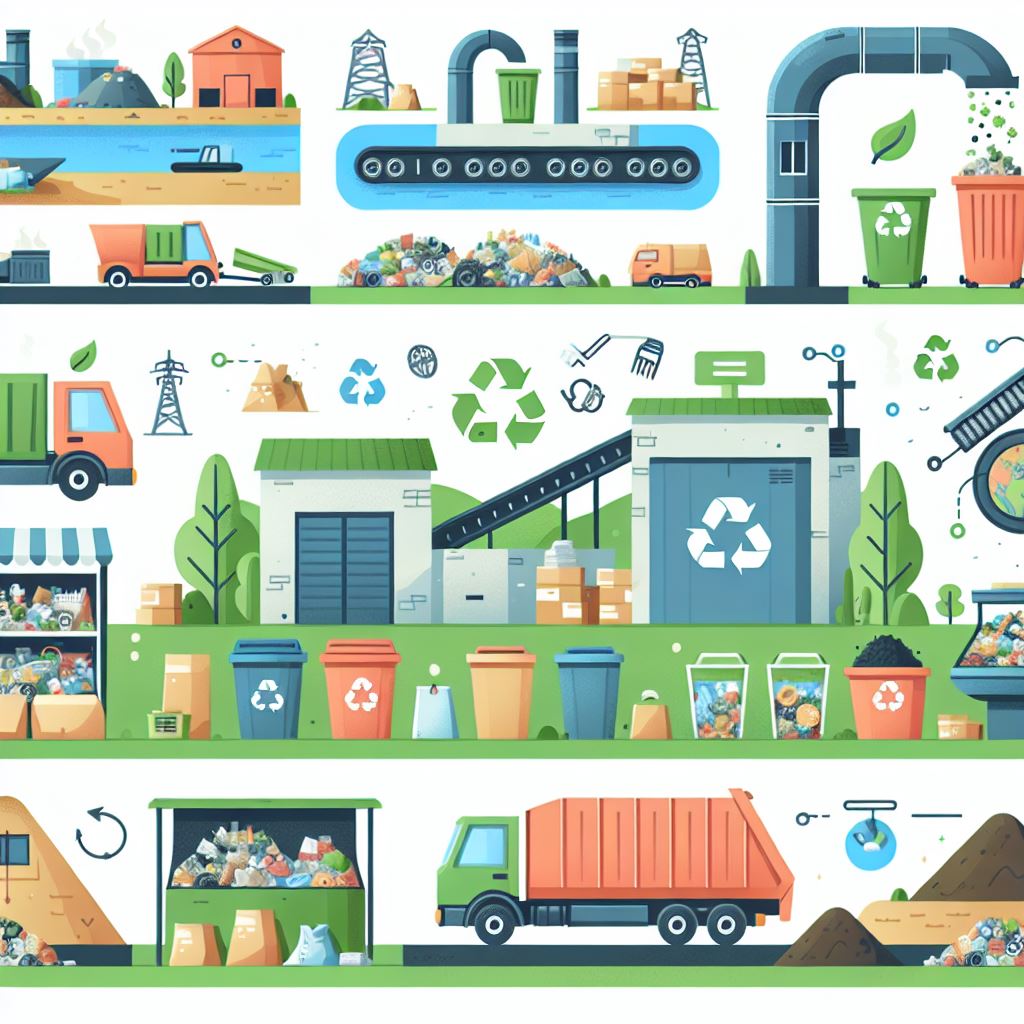The 2-Minute Rule for Reclaim Waste
The 2-Minute Rule for Reclaim Waste
Blog Article
Our Reclaim Waste PDFs
Table of ContentsReclaim Waste Fundamentals ExplainedA Biased View of Reclaim WasteMore About Reclaim WasteReclaim Waste Fundamentals ExplainedReclaim Waste Fundamentals ExplainedIndicators on Reclaim Waste You Need To Know
Through appropriate fluid waste management, business can minimize energy-intensive treatment procedures and disposal expenses. By complying with a system for handling fluid waste, business can stay clear of pricey fines and charges and prevent negative attention.Keep ahead of regulations and keep a secure office with a digitized conformity device. Categorizing fluid waste is crucial for efficient storage, therapy, and disposal. Environmental, Health And Wellness, and Safety (EHS) teams, waste monitoring officers, and conformity managers can manage these wastes safely and successfully when they comprehend the fundamentals: Generated from households, this kind of liquid waste comes from commodes, sinks, showers, and washing makers.
(https://www.bitchute.com/channel/CMMIY2RhhHfK)Collect representative samples from numerous factors within the waste stream to make certain precision. Conduct regular testing to track any type of modifications in the make-up. Maintain comprehensive documents of characterization for future reference and compliance objectives. Fluid waste, specifically dangerous ones, poses significant risks during this action. Proper procedures lessen spills, leakages, and other mishaps that could harm the employees and the general public.
Reclaim Waste Things To Know Before You Buy
Store waste in safe and secure and leak-proof containers to prevent spills during collection. Tag the containers properly, consisting of the type of waste, potential dangers, and handling instructions.
Sanitation (e.g., chlorination, ultraviolet light, ozonation) and nutrient elimination (e.g., denitrification and phosphorus removal) are recommended under stringent regulations. Various companies went against a number of fluid waste disposal regulations in recent years.
After picking the best kind of treatment method for fluid waste, companies must find means to deal with this correctly. Below are some efficient approaches of liquid waste administration: receive most dealt with fluid waste that fulfills discharge requirements. refers to utilizing treated wastewater in farming lands for irrigation as long as the effluent meets hygienic degrees per regulations.
The Basic Principles Of Reclaim Waste
are utilized by industries that generate huge quantities of low-toxicity fluid waste. Superficial containers contain fluid waste that is allowed to vaporize with all-natural processes. The residue left can be dealt with in land fills. involves shedding liquid waste at high temperatures and transforming it right into gas and ash - liquid waste disposal melbourne. This type of disposal is subject to rigorous ecological guidelines because of potentially hazardous emissions.
The findings should be documented, examined, and kept not just for submission to regulatory authorities however also for making enhancements in the future. Use reliable tools, approaches, and software remedies to ensure precise and regular data collection. Stay upgraded on appropriate ecological regulations and market standards. Share info with pertinent stakeholders (e.g., employees, regulatory government agencies, and close-by areas) to preserve transparency and liability.
The Single Strategy To Use For Reclaim Waste
Despite the company size or sector, there are numerous obstacles related to this task. Comprehending these can assist them properly handle their procedures and decrease their environmental effect. makes it tough to treat and dispose of liquid waste safely. Companies that can't buy centers need to consider working together with the general public sector for far better services.
Fluid waste describes any kind of check this site out product in a liquid state that is surplus, undesirable, or disposed of. One significant obstacle for business is the lack of appropriate storage space facilities for liquid waste. Partnering with liquid waste solutions will greatly lessen this challenge Requirement avoid containers and other containers that are usually used for strong waste are commonly not enough for the unique requirements of taking care of liquid products.
See This Report on Reclaim Waste
This blog site looks into the characteristics of liquid waste, discussing just how spills and contamination events can be handled properly. It also discovers the procedures business can take to stop future leakages and what to do when spills inevitably take place. Fluid waste is composed of any kind of unwanted or surplus material that exists in a liquid form and is set for disposal.
This type of waste occurs when a product is no longer required, much like any kind of other type of trash. It is essential to involve experienced liquid waste monitoring experts when delivering or disposing of fluid waste.

An Unbiased View of Reclaim Waste
The Environmental Protection Company specifies the "product has to go through a 0.45-micron filter at a stress differential of 75 psi" in order to be defined as a liquid. What is very important to keep in mind here is that the much more solid a product is, the less likely it is to be liquid. It's feasible to set apart between 2 kinds of liquid waste: natural and not natural. Both have their differences.
Oil spills can lead to soil contamination and various other ecological catastrophes. Both businesses and individuals can considerably benefit from comprehending appropriate trash disposal procedures via 9 best practices in waste management. These approaches are lined up with the established waste hierarchy. Waste prevention is one of the most efficient strategy for taking care of resources and lowering ecological effect.

Report this page